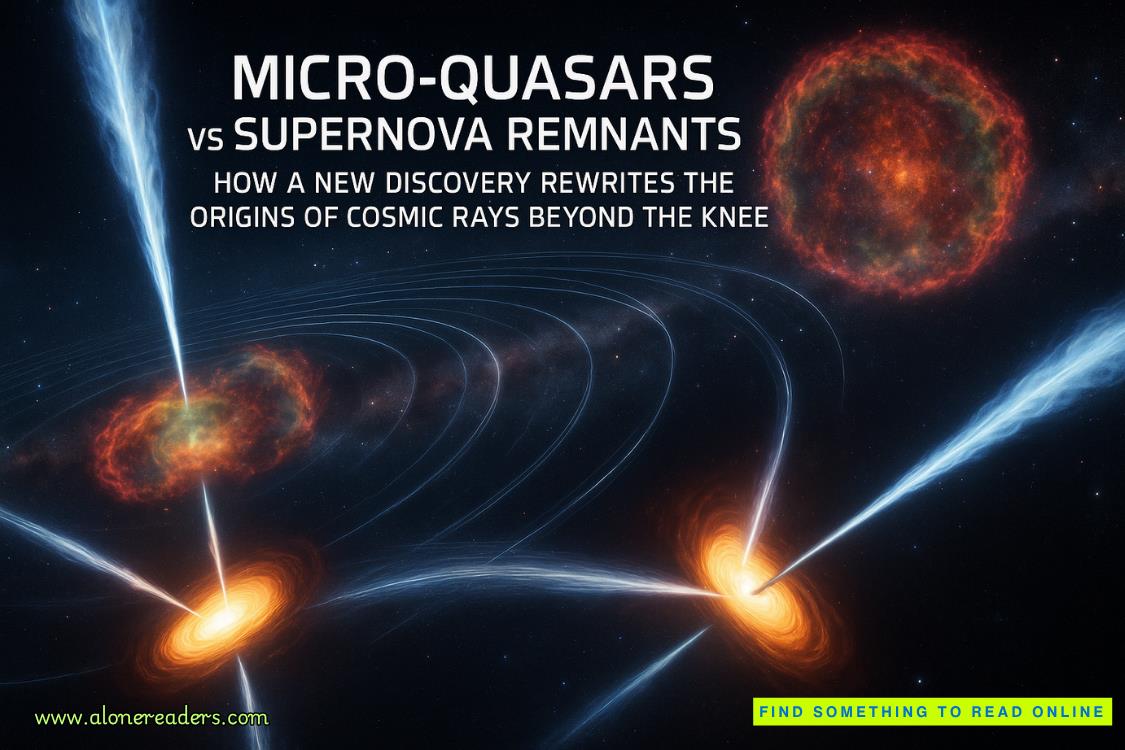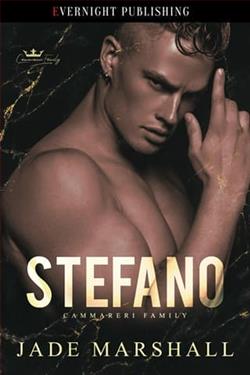Page 2 of The Winter Princess
I nod. Sure, sure.
Ella reaches up to kiss my cheek. “Time to circulate. Do you want to come along?” she asks.
Another shake of my head. Ella has been voted Sondmark’s favorite princess inThe Daily Missivereader’s poll for six years in a row. I’m not always dead last, but if anyone has magical princess fairy dust, she does. I have my points, too. I can reach anything on the top shelf. I have an interesting cleft in my chin. I can speak about art for five whole minutes. Still, it doesn’t serve anyone well to stand near a fraternal twin and invite comparisons. I can almost see them sort us into tiny, constricting boxes—the smart one, the pretty one, the funny one, the thin one.
I look over the gallery and try not to consider the expense of fresh-cut flowers and fairy lights. A massive banner across the gallery entrance readsThe Romantics of Sondmark: Art of the 1800sand then in smaller scriptComing for Christmas.It’s slightly lopsided which I find strangely reassuring. I take a cleansing breath, feel Mama’s gaze on me as I often do—like two fingers over my wrist, checking my pulse—and plunge into the crowd.
Mama commands a circle of government officials and says, as I pass, “Borrowing art pieces from abroad allows us to strengthen our international ties.” She then aims a bland expression squarely at the prime minister, whose foreign policy preferences trend toward putting Sondmark in a hermetically sealed bubble.
I stifle a laugh, glancing away to meet the dark gaze of Oskar Velasquez. His presence should be as calming as the lopsided banner, a reassuring if irritating tether to a world I’m familiar with, but the hairs on the back of my neck prickle.
My oldest sister, Alma, is poised to cross his path, and I want to warn her that Oskar, thirty-ish and barely civil, lives in the dungeons and feasts on the bones of all who venture near. That our feud is marked by a thin veneer of professionalism and collegiality is beside the point. Sometimes one knows things that haven’t been spelled out in a declaration of war.
I move from group to group, breaking up talk of tariff negotiations, drawing attention to the exhibit banner. A cabinet minister greets me with a look that says, “What are you going on about? Oh, that’s right. The art thing.” Tight smile. Murmured platitudes. Back to tariffs.
After a decent interval, I melt silently out of the party, making my way through a series of broken concentric circles ringing the main hall. I retreat to the furthermost band where the lights are low and the music is faint, breathing a long, peaceful breath. Behind me, the sound of another set of heels echoes against the tiles.
Ella, knowing my habits, has followed. When we halt, she pivots in place, assessing.
“Quiet, empty, and full of beautiful things. Just your speed. Though,” she says, examining the seating Director Knauss installed last year, running a palm across the high sloping surfaces, “the benches were designed by a sadist.”
She’s not wrong. They’re an example of hostile architecture–design meant to keep guests moving, offering no real rest. After a period of discreet trial and error, I’ve found the knack of perching on them, a leg slightly hitched, the tip of one shoe holding my position.
Ella is considerably shorter, and after several failed attempts to summit the bench, she leans against it, staring at the massive canvas behind me.
“Tell me what I’m looking at,” she commands.
I glance over my shoulder. “Oil on canvas by Lars Kette. That’s every notable clash in the Battle of Durmstein. If you sort through the mounted knights and Prussian mercenaries slaughtering one another, you’ll find the king of Vorburg’s head stuck on a pike.”
She assumes a Where’s-Waldo silence and then blurts, “Ew. The luggage boys are dancing around like it’s a maypole. No wonder they hate us.”
I train my eyes on a much smaller piece—one with secrets not so easily discovered as the ones in the epic battle scene.
“What are you looking at?” Ella asks, not turning around.
“A scandal,” I murmur.
“Hmm?” She cranes her neck and jabs me on the shoulder when I don’t answer.
“You remember there were demonstrations when Mama married Père?”
“Demonstrations” is a polite understatement. There were riots. Père’s country, Pavieau, had been taken over by a military dictatorship, but due to a long-standing marriage contract, Sondmark was forced to accept a Pavian prince consort. The political cartoons of their imagined wedding night have scarred me for life.
Ella murmurs, and I gesture at the small piece of art. “Copies of that painting were made into posters and carried in counterdemonstrations, pasted on brick walls and in metro tunnels. It was meant to symbolize two cultures blending harmoniously because the painter, Cor Hammersmit, was Sondish but he trained and worked in Pavieau, mixing traditional Sondish folk tales with the more expressive culture of his adopted country.”
“What do you mean ‘more expressive’? I’m Sondish, and I’m plenty expressive,” Ella says, bumping my shoulder with her own.
“That’s your Pavian blood showing,” I smile, poking my crushed sleeve into shape. “There were calls to send the artwork back to Pavieau or destroy it. There was even a dust-up when it reentered the gallery after Grandpère passed away last year.”
She tips her head. “I like it. It’s nice.”
The Winter Princessis not nice. There are miles of canvas at the museum depicting flaxen-haired children and linen-capped wives, still-lifes of leeks and lutes, but this is something else.
My eyes trace the strong brushwork. The knight’s hair is dark and wild, disheveled by the princess’s hand.I could recite the informative label from memory, but I am caught, as I always am, by the image of the princess being freed from her icy tomb by love’s first kiss.
Most depictions show the fairy tale princess, rigid and blue, with frost crystals on her eyelids, her form obscured in a blanket of snow, passive under the knight’s embrace. But Hammersmit depicted a fast-retreating winter and a girl with color already infusing her face and arms. Sparrows, waxwings, and blackcaps—birds who acted as the knight’s messengers, carrying words of love to the princess’s ears and saving him from being frozen to death when he made his approach—hop interestedly in the foreground, perching on stones and the ends of long stalks of hay.
Even before the princess is fully herself, she grips the knight’s breastplate, returning the kiss, her thaw coming from the inside out instead of the other way around.















